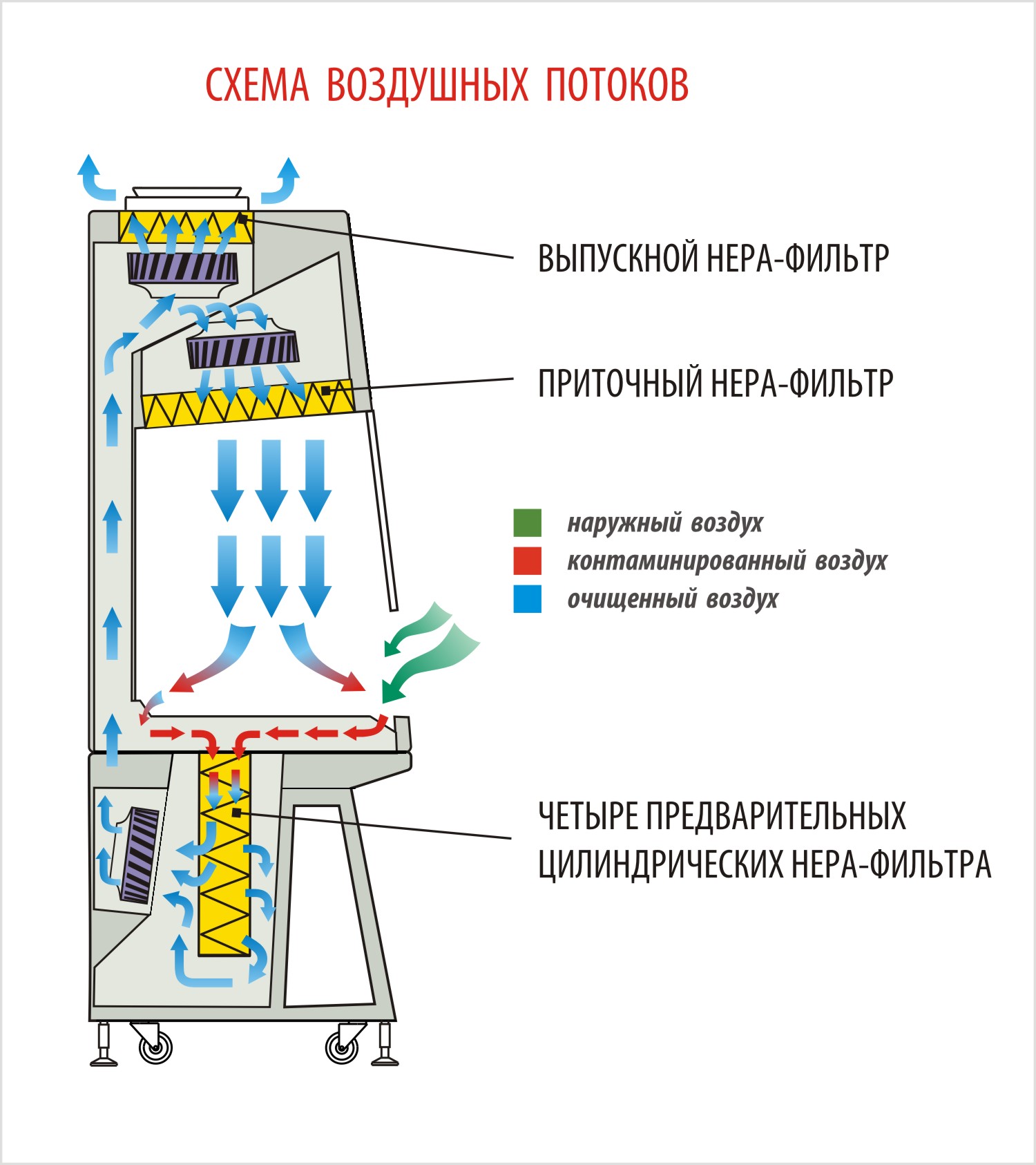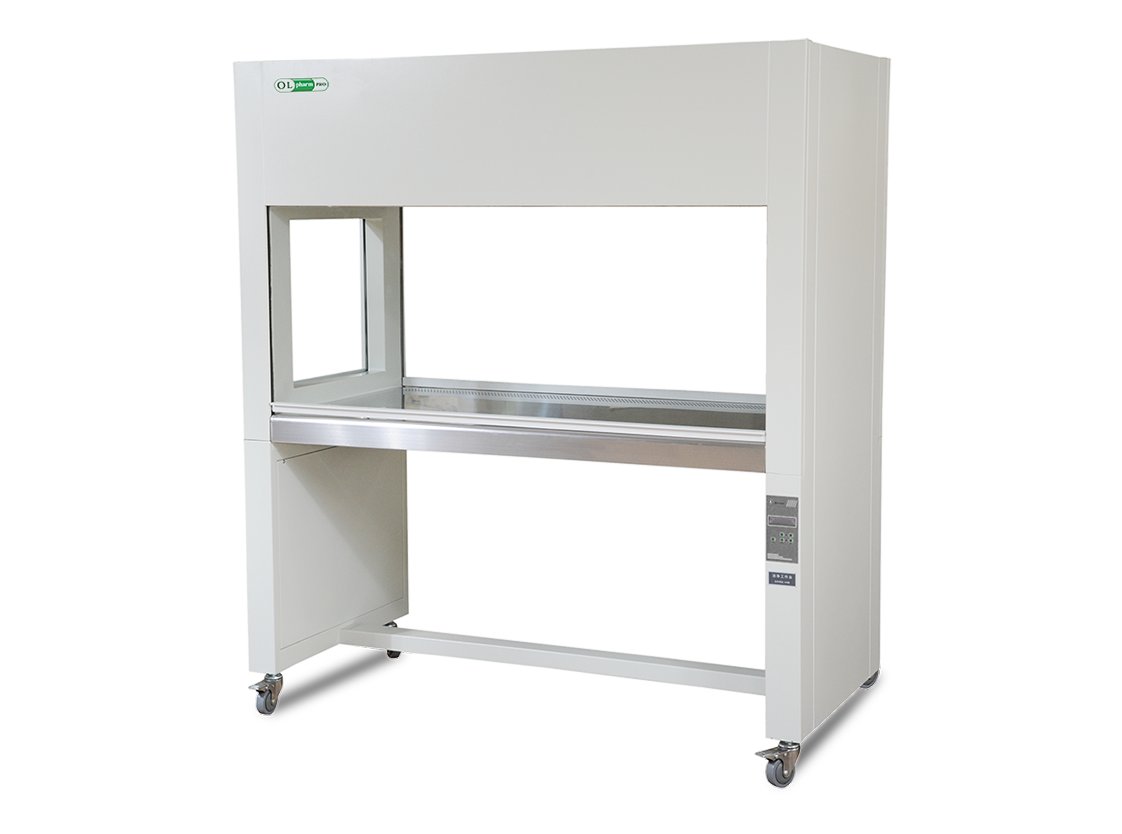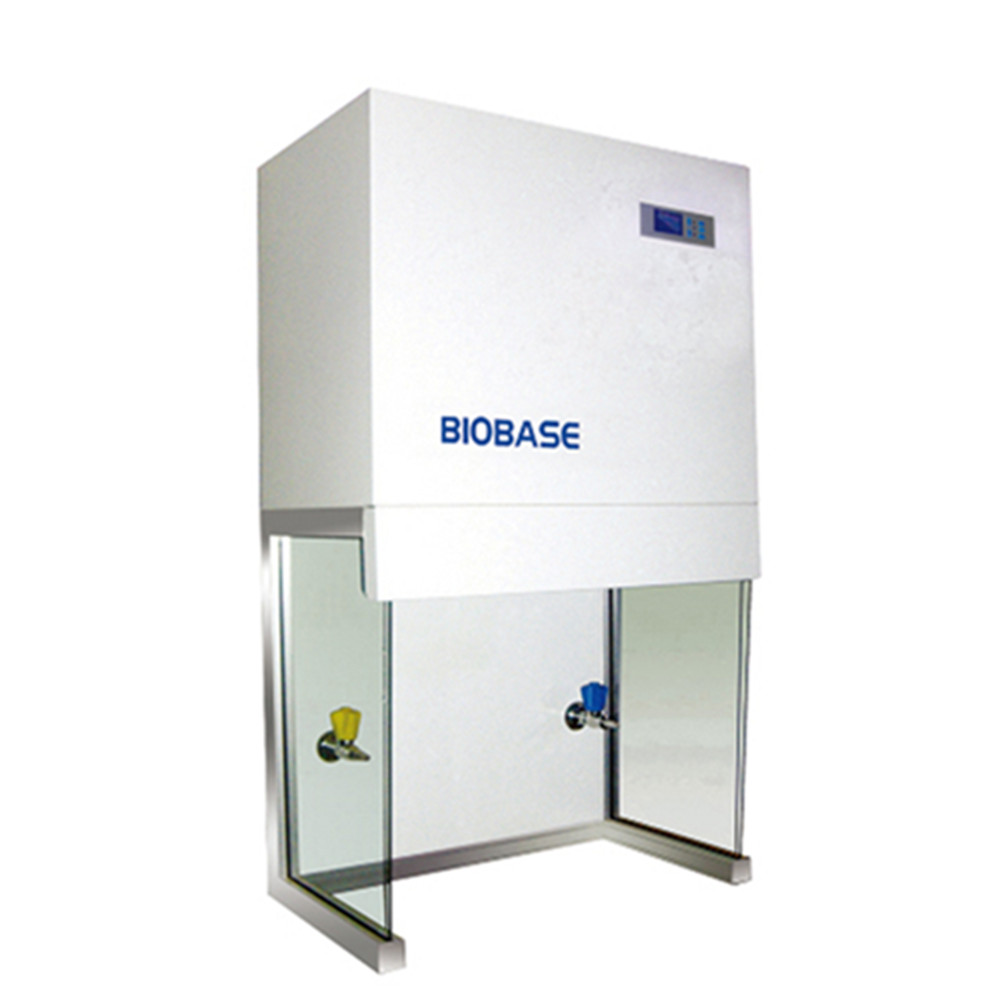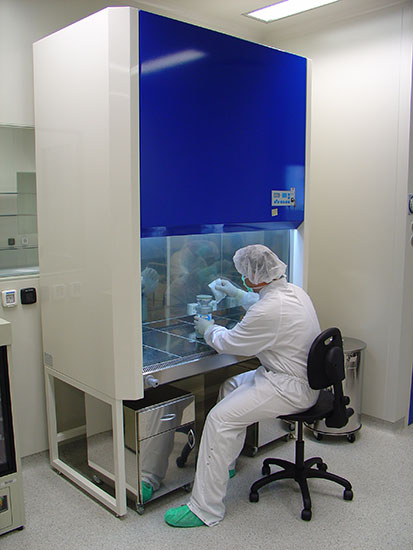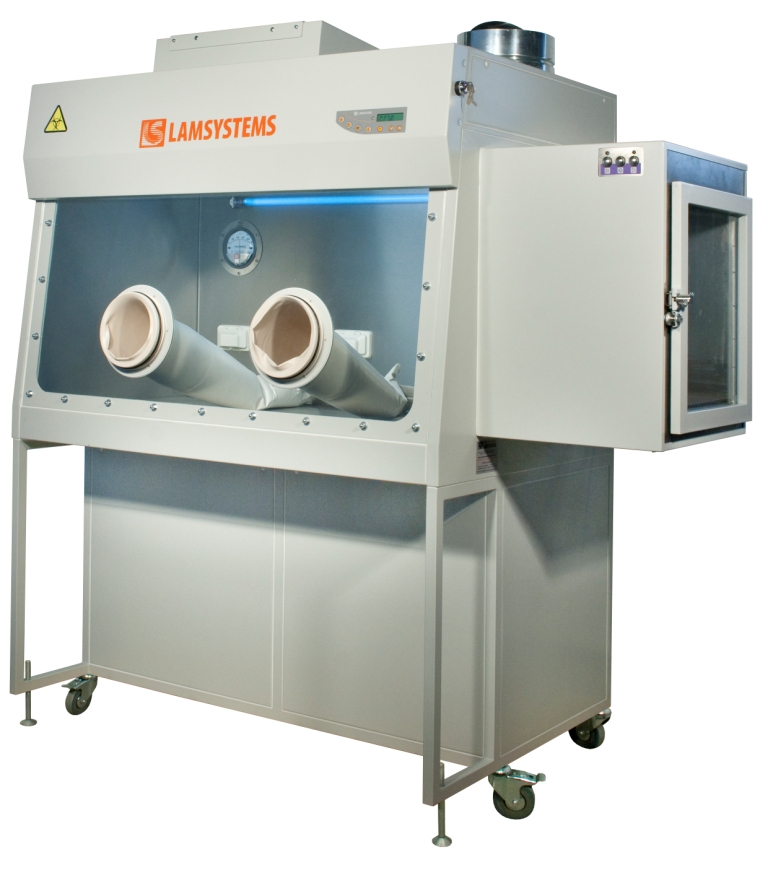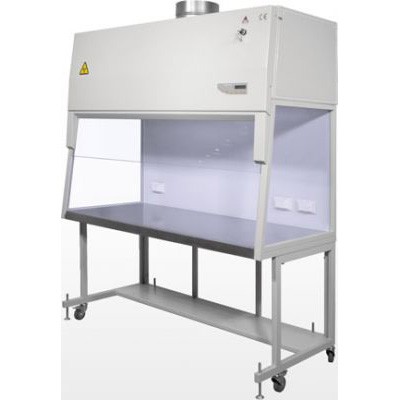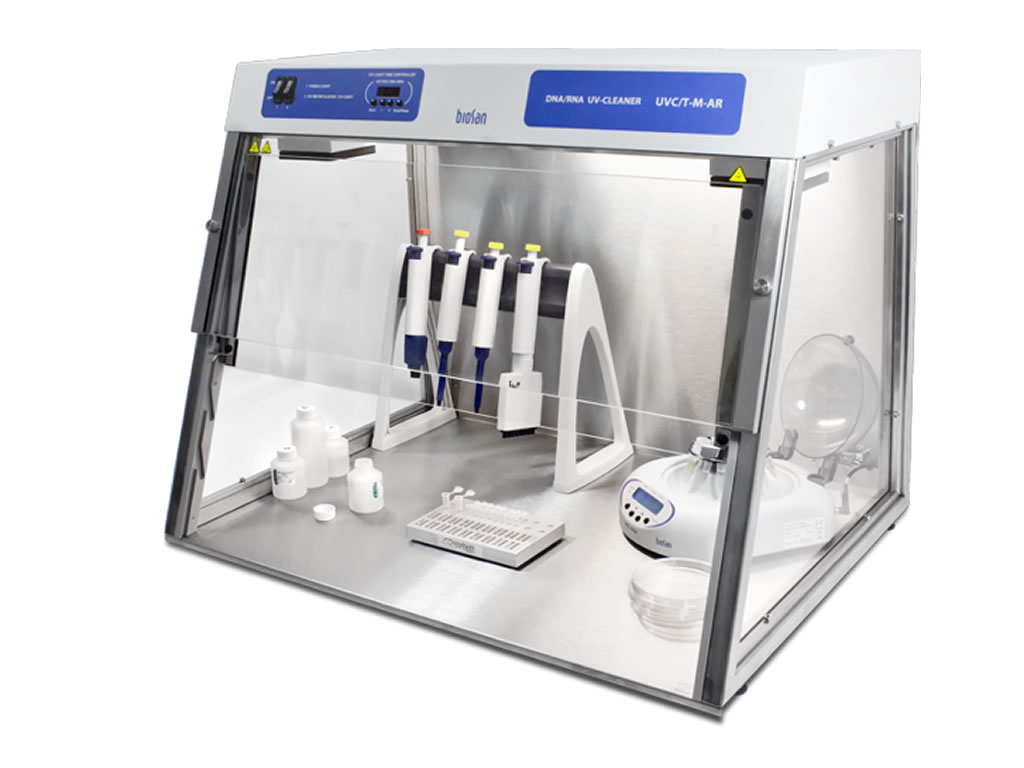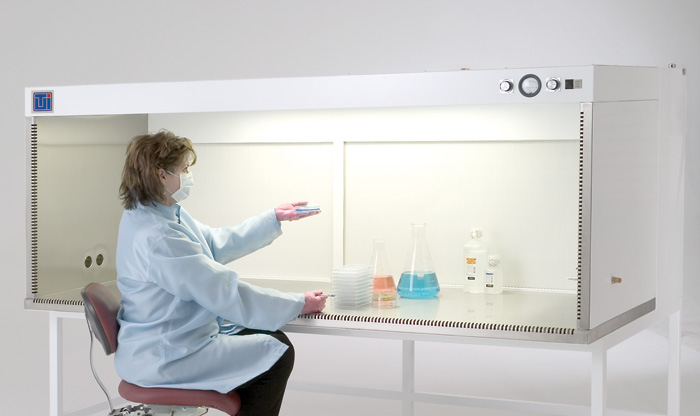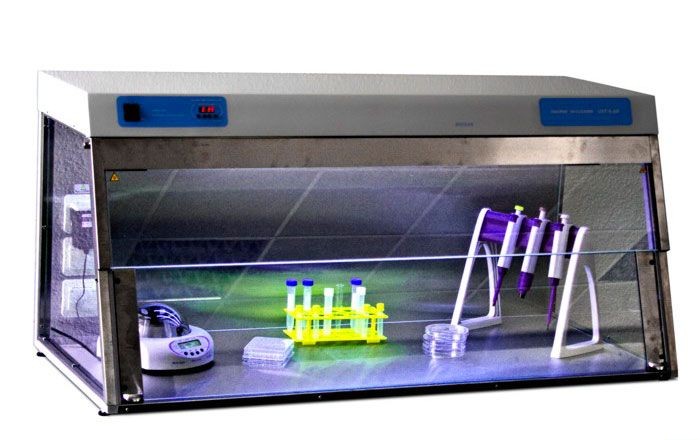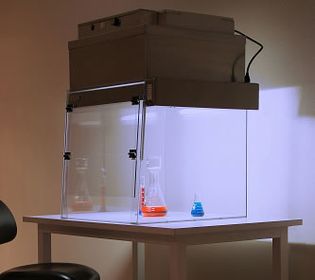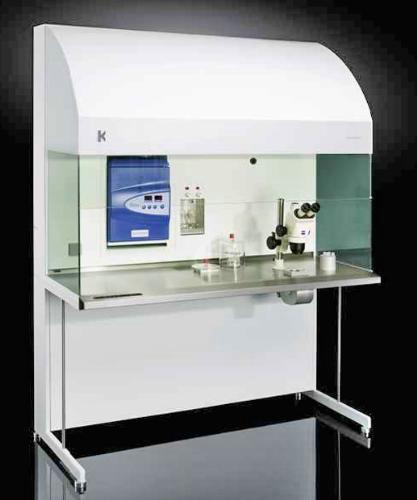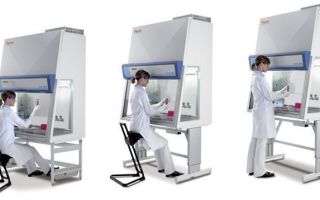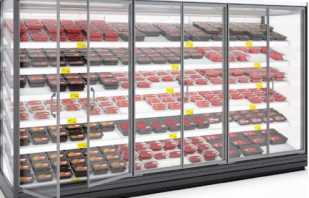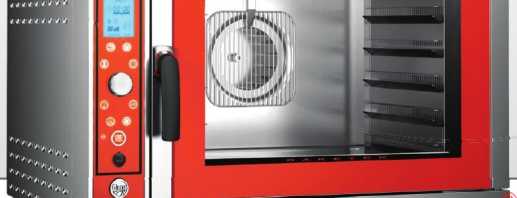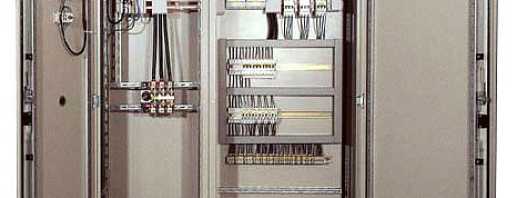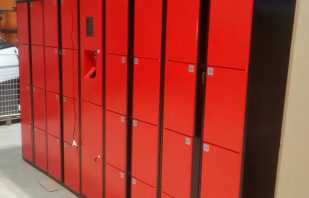Features of Laminar Cabinets, Model Overview
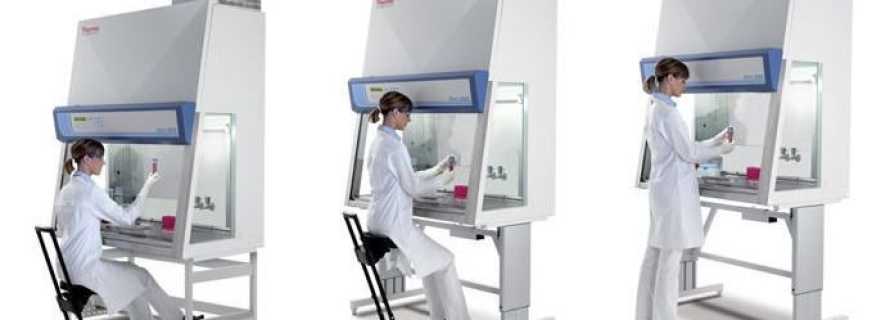
Disinfecting installations - an element of a complete set of laboratory, pharmaceutical, scientific, research rooms. Such an installation as a laminar cabinet is necessary to obtain an acceptable environment when working with biological, nanotechnological, chemical and other studied material. Thanks to the passage of injected air flows, the prototypes undergo complete filtration and neutralization before contact with the environment.
Appointment
Laminar boxes belong to the category of special furniture equipment with a narrow spectrum of applicability. A product with a downward air flow is a necessary attribute of medical institutions, pharmaceutical companies, research departments of specialized institutions, organizations, laboratory facilities of enterprises whose activities are closely associated with the study of microorganisms, microbiological samples, conducting experiments and experiments. The purpose of the products is as follows:
- diagnostics (polymerase chain reaction);
- study, experiments with samples, samples in a disinfected environment;
- ensuring effective protection of the product from pollution;
- reliable protection of the operator (personnel) of the laboratory from agents;
- hard UV irradiation of the medium in the working area of the camera;
- preparation of the sterile zone for the implementation of experiments;
- work with bacultures, viruses of different infection;
- isolation of pathogenic microorganisms, flora, bioagents.
The use of laminar cabinets, boxes, shelters allows you to organize the environment of the required purity to protect laboratory workers from exposure to pathogenic microflora, to exclude contact of the research products with the external environment. All laminar-type furniture equipment is classified into classes. Within the framework of one class and type, the functions of the model vary - some boxes are intended only for disinfecting the research product, others for the antimicrobial protection of operators, and others for the contamination of the indoor air.
Kinds
Laboratory equipment is represented by a fairly wide range of products. The configuration of the models depends on the specific conditions and features of the research activity. Depending on the functional purpose, level of protection, equipment with special elements, laminar cabinets are classified into several types:
- devices with vertical air flow and horizontal air flow. Examples of vertical injection have gained greater applicability, since they are less prone to creating turbulence zones inside the work area;
- according to their design, laminar disinfection cabinets are divided into models equipped with side and direct panels, equipped with one or two workstations for operators, equipped with stationary and mobile cabinets, equipped with filters, compressors;
- laminar shelters - used to obtain a clean, sterile air environment. Ensure the safety of only research products, but are not used to protect laboratory personnel and the environment;
- safety boxes - cabinets used for the physical isolation of microorganisms from the workspace. The equipment simultaneously disinfects hazardous agents, the environment, protects personnel.
For the purpose of use, laminar boxes are classified as medical and biological models. The configuration depends on the operating conditions of the equipment. Almost all models are equipped with elements of visual control of the working process, lamps, ultraviolet lighting. The main function is to create the necessary conditions for conducting research on samples.
The filter system is an essential element of laminar cabinets. The technical and operational parameters of the filtering system are calculated at the design stage, they determine the biological safety class of the box.
Classification
When choosing laboratory cabinets, it is necessary to take into account in what conditions the operation of furniture equipment will occur, which agents need to be investigated. In world and domestic practice, there are differences in the classification of laminar cabinets according to the American, European, Japanese, Australian standards. Biosafety boxes are divided into three classes:
- first-class equipment ensures the safety of the installation operator and the environment in order to avoid cross-contamination (connection, mixing, merging) inside the chamber;
- The second class laminar cabinet is a box of a higher level of protection, equipped with HEPA filters. The class includes four types of cabinets with additional protection for test samples;
- furniture laminar equipment of the third class - models that provide maximum protection and safety of the investigated product, environment, operator.
In domestic and foreign classification, laminar cabinets of the same class have different designs. Differences with world standards lead to the need for additional classification of laboratory equipment into shelter boxes and microbiological protection boxes of three classes.Laminar cabinets of the first class are used to work with dangerous agents, the second - with pathogenic microorganisms, radionuclides, cytostatics, toxic substances of a chemical nature, the third - with viruses, bacteria of the highest danger level.
Materials of manufacture
The production of boxes is regulated by GOSTs and SanPin, the model configuration depends on the design documentation of the manufacturer, the level of protection, the functions of microbiological equipment. According to an individual project, equipment can be equipped with additional elements. Basic materials and details of the biological protection box:
- the working area of laboratory furniture is made of high-quality structural steel - stainless material;
- side panels, the front wall are made of tempered glass, the thickness of which depends on the model of design features;
- the outer case is made of cold rolled steel, treated with epoxy or powder coating;
- equipment equipment - HEPA filter system (particle size varies), flow rate control system;
- control - microprocessor system, LCD display, control center, lamp runtime timer;
- safety - fan motor protection system, blocking devices, audible alarms, filter sensors;
- visualization - fluorescent lamps, ultraviolet lamps, indicators of the liquid crystal screen.
Laminar biosafety cabinet has several degrees of protection - insufficient air flow rate, dirty working filters, leaking front window closure, violation of biological protection in the box, automatic unit during power surges, an alarm signal when lowering the speed of the downward air flow. Electronic control software provides display of performance indicators on a graphic panel, data storage in a given format.
The configuration and materials of manufacture depend on the classification of the model, the design documentation of the manufacturer’s company, therefore, for different instances the list of boxing elements varies, it is possible to install additional equipment.
Application features
The use of laboratory equipment for microbiological research can be strictly in accordance with established sanitary standards. Since different manufacturers are engaged in the design and production of boxes, positioning the equipment as laminar cabinets for biological safety, it is necessary to correctly identify the boxes in order to avoid incorrect operation of the devices. Application Features:
- shelters are suitable for creating an antibacterial environment without the protection of personnel, the internal space of the laboratory;
- when working with pathogenic microflora, second-class equipment must be used;
- when conducting studies of especially dangerous agents (viruses, bacteria), boxes of the 3rd class with complete isolation are used;
- Before work, the necessary items are placed in the camera behind the front glass, gloves are put on;
- the next step is to disinfect the worktops, inner walls, turn on the box, start research;
- the operator should be further away from the camera, it is impossible to close the air intake grilles, packages for biowaste are placed in the middle of the cabinet.
The main factor that determines the ability to use specific equipment is the level of cleanliness in the room, the degree of risk of infection with the agent, the need to protect the product from contamination, the likelihood of aerosol formation. The laminar cabinet is used in medicine, pharmaceuticals, forensics, microbiology, instrumentation, and the chemical industry. The choice determines the purpose, design, class, performance, dimensions of the product.
Video


